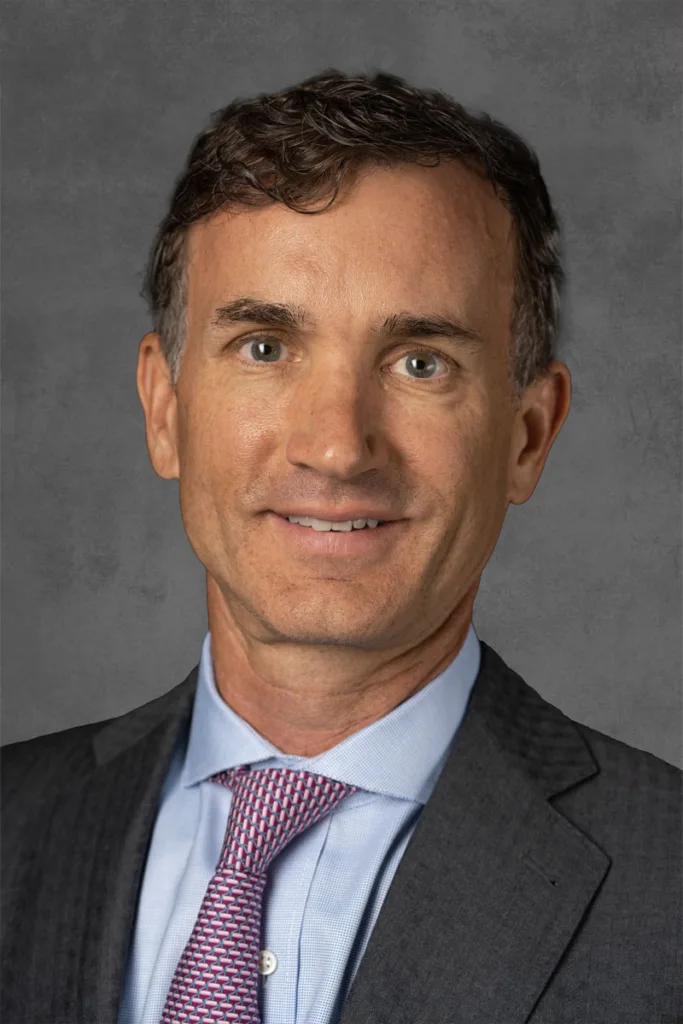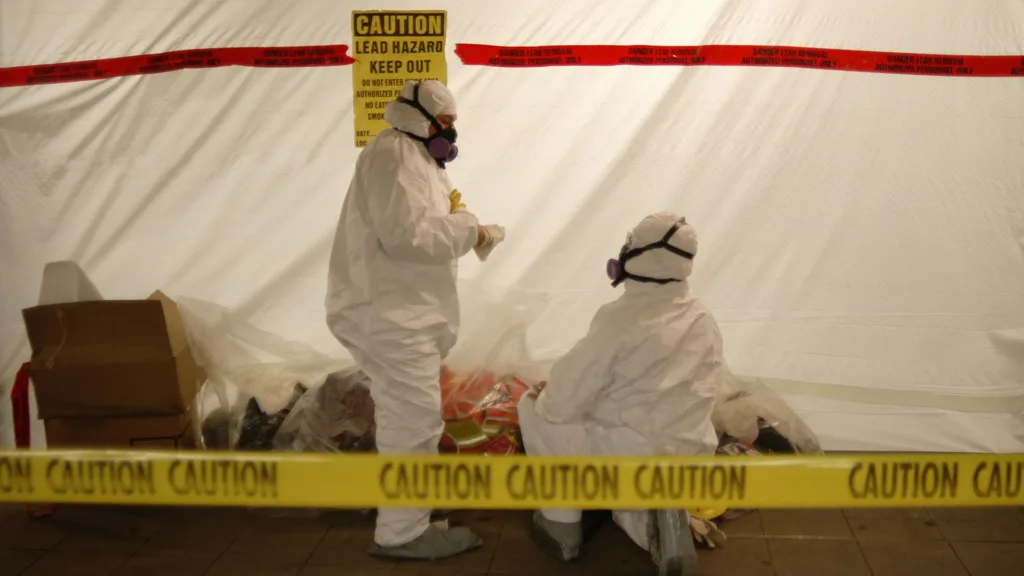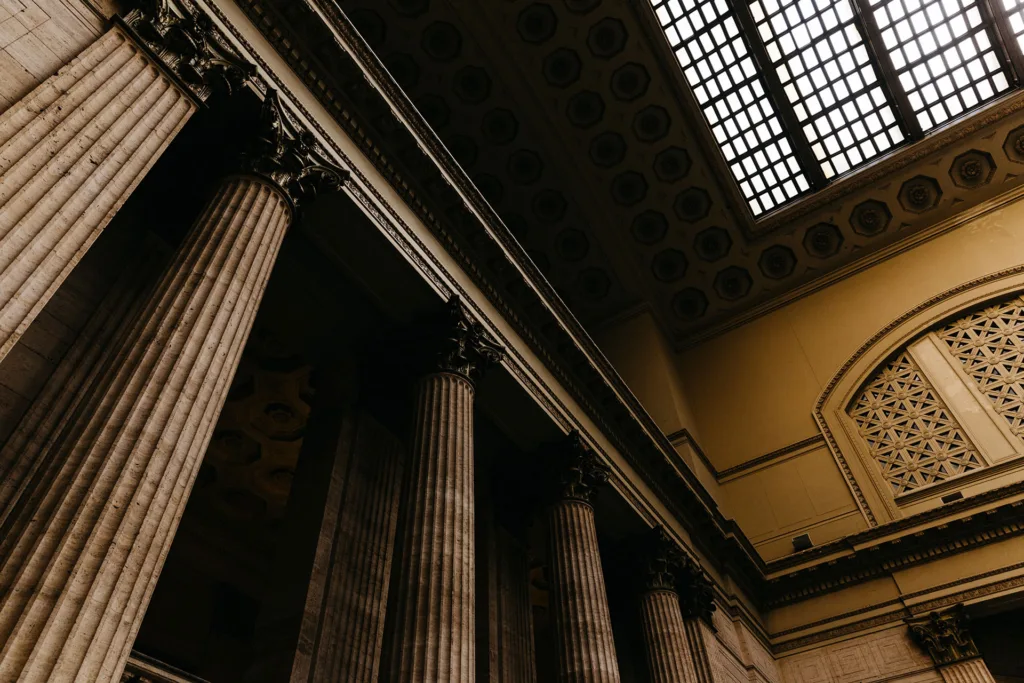The risk of mesothelioma from asbestos exposure in schools is a concern, but the risk varies depending on the extent of asbestos present, its condition, and how it’s managed. For decades, insulation and fire protection used asbestos.
In older buildings, like many schools, asbestos poses a hidden danger. Asbestos, when disturbed or deteriorating, can release harmful fibers into the air. Inhaled or ingested fibers can cause mesothelioma (a rare form of deadly cancer), asbestos-related lung cancer, and other diseases.
To mitigate the risk, schools should have proper asbestos management plans, including regular inspections and safe removal or encapsulation of asbestos. Federal and state regulations also require schools to manage asbestos to protect students and staff. However, hidden asbestos might put educators and students at risk of asbestos exposure in school.
If doctors diagnosed you with mesothelioma, you may have a claim against asbestos manufacturers or others who exposed you to asbestos. Talk to an experienced mesothelioma lawyer from Vogelzang Law about whether you may have a claim.
Our Chicago mesothelioma lawyers have two decades of experience handling mesothelioma cases connected to asbestos exposure. An experienced attorney can establish a link between your mesothelioma and the source of asbestos exposure, and from there navigate the complicated mesothelioma claims process.
What is Mesothelioma?
Malignant mesothelioma is a rare and lethal cancer type that leads to the thickening of this lining, potentially spreading to impact the organ in question and neighboring organs negatively. It affects the thin layer of tissue lining the organs made up of mesothelial cells.
The most common part of the body affected by mesothelioma is the lungs (pleural mesothelioma), followed by the abdomen (peritoneal mesothelioma). More rarely, mesothelioma affects the heart (pericardial mesothelioma) and the testicles (tunica vaginalis). Asbestos exposure causes most mesothelioma.
Who is at Risk of Asbestos Exposure in Schools?
In schools, several individuals may face asbestos exposure, including:
- Students: Students, especially those in older school buildings, can inhale or ingest asbestos through deteriorating insulation, ceiling tiles, or floor tiles. Disturbance or deterioration of these materials can release asbestos fibers into the air.
- Teachers and staff: School employees, including teachers, custodians, and maintenance workers, may come into contact with or work on materials containing asbestos during routine maintenance, renovations, or repairs.
- Contractors and construction workers: Contractors hired for construction or renovation projects in schools may encounter asbestos-containing materials. Proper safety precautions can protect these workers from exposure.
- Visitors: Parents, guests, and other visitors to schools may unknowingly inhale or ingest asbestos if it is in areas accessible to the public.
Schools must have asbestos management plans in place to minimize exposure risks. Regular inspections, proper maintenance, and compliance with federal and state regulations can protect everyone in a school.
Legal professionals can address the issue if you suspect asbestos exposure in a school.
A long latency period – even decades – can pass between asbestos exposure and the development of mesothelioma and other asbestos-related diseases.
Seek legal advice if you develop asbestos-related health issues. An experienced mesothelioma lawyer can trace the likely sources of asbestos exposure in school to build a claim against the manufacturers.
Does Asbestos Abatement in Schools Pose a Risk of Asbestos Exposure?
Asbestos abatement in schools, when not conducted properly, can pose a risk of asbestos exposure. Abatement refers to the removal or containment of asbestos-containing materials to prevent the release of asbestos fibers into the air.
If asbestos is discovered and requires abatement, the entire campus and the surrounding area may need to close to the public.
Incorrectly removed asbestos-containing materials can release asbestos fibers into the air. This can happen if abatement workers do not follow strict safety protocols, such as wetting materials to minimize fiber release, using proper personal protective equipment, and sealing off work areas.
Inadequate containment during asbestos abatement can also allow asbestos fibers to spread to adjacent areas within the school. This can happen due to improperly sealed barriers or if containment equipment cannot trap any released fibers.
After asbestos abatement concludes, thorough cleanup must remove any remaining asbestos fibers so they don’t pose a risk to students, teachers, and staff.
Schools undergoing renovations may disturb asbestos-containing materials inadvertently, releasing fibers into the air if contractors or workers don’t know about the asbestos or do not follow safety measures.
To mitigate these risks, schools need to hire licensed and experienced asbestos abatement contractors who follow strict regulations and guidelines. They must follow proper planning, containment, removal, and cleanup procedures to minimize the potential for asbestos exposure during abatement activities in schools. Regular inspections and air monitoring can also ensure safety during and after asbestos abatement.
Who Can You Hold Liable for Mesothelioma From Asbestos Exposure in Schools?
Liability for mesothelioma resulting from asbestos exposure in schools may vary depending on the specific circumstances, but parties you could hold liable include:
- Schools and school districts: You may hold the school district or educational institution liable if they failed to properly manage asbestos-containing materials on their property, did not conduct required inspections, or did not follow asbestos regulations.
- Contractors: You may hold a contractor liable for renovations, repairs, or construction work in the school that failed to follow asbestos regulations or safety protocols.
- Asbestos manufacturers: You may hold manufacturers of asbestos-containing products liable if the school used their products and they failed to warn about the dangers of asbestos or did not provide proper instructions for handling and disposal.
- Architects and engineers: You may hold design professionals involved in school construction or renovation projects liable if they did not identify or address asbestos hazards during the planning and design phases.
- Asbestos abatement companies: If a company hired to remove or encapsulate asbestos did not follow proper procedures or safety protocols, they could be held responsible for the exposure.
Liability often requires a thorough investigation and legal expertise to determine who you can hold accountable. If someone develops mesothelioma due to asbestos exposure in a school, consult an attorney experienced in asbestos litigation to assess potential liability and pursue legal action if necessary.
The Vogelzang Law legal team has over 20 years of experience in asbestos-related litigation. Our mesothelioma lawyers can assess your case and pursue legal actions if necessary to seek compensation for medical expenses, pain and suffering, and other damages.
If You Developed Mesothelioma from Exposure to Asbestos in Schools, Contact Vogelzang Law Today
If doctors diagnosed you with mesothelioma due to exposure to asbestos in school, we take your diagnosis seriously. At Vogelzang Law, our skilled mesothelioma and asbestos attorneys have helped over 250 clients and secured more than $200 million in verdicts and settlements.
We can partner with you every step of the way, from consultation to potential litigation. Our primary offices are located in Chicago and Grand Rapids, Michigan, and we handle mesothelioma claims nationwide.
Call us at (312) 466-1669 or (616) 319-1874 or fill out the contact form on our website for your free consultation. There is no cost for the consultation or to file your lawsuit.




